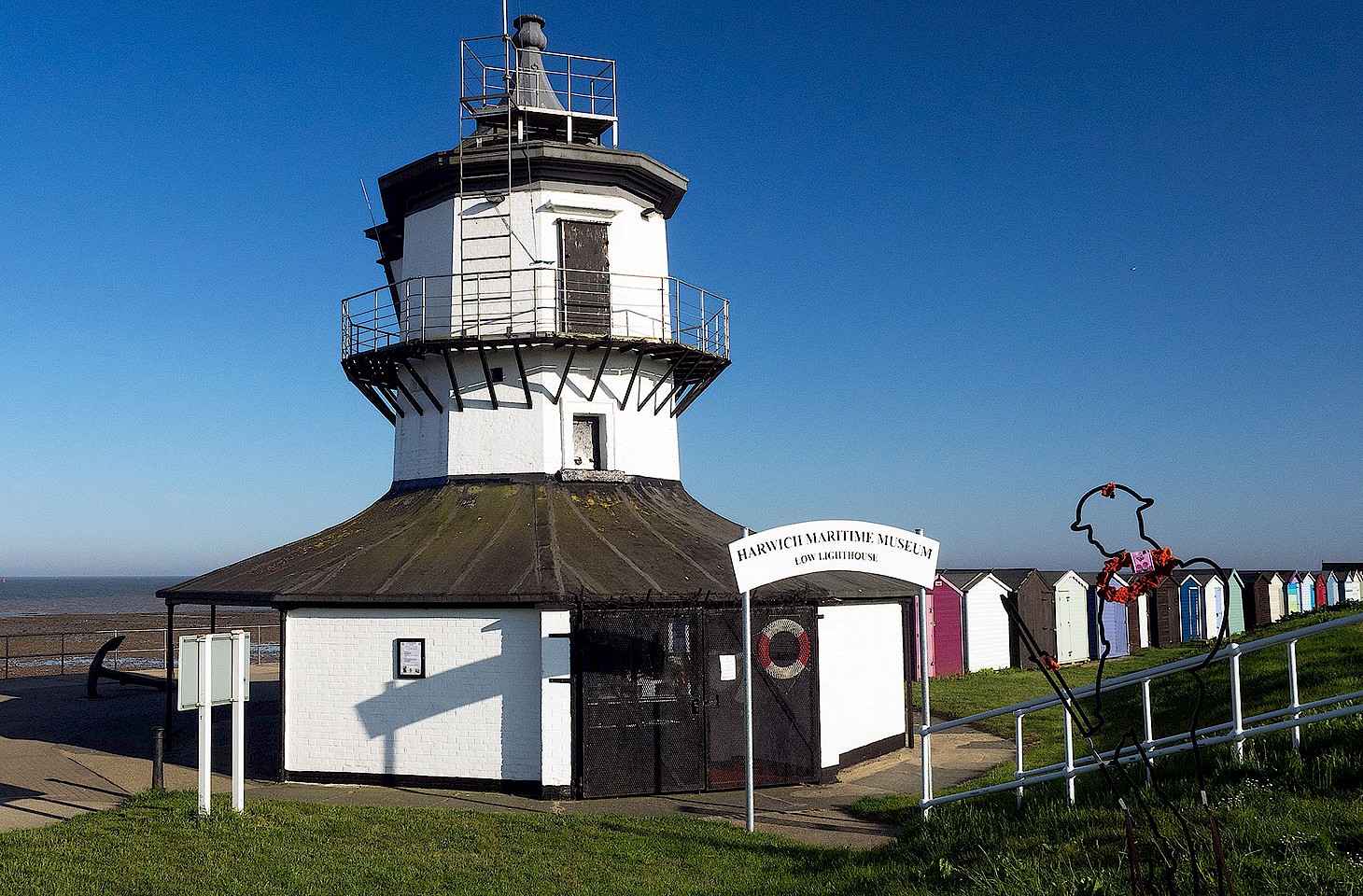Kyrgyzstan has occasionally been described by excitable journalists as “the most beautiful country in the world” — a grand claim but one that doesn’t seem so exaggerated given the country’s panoply of dazzling mountain scenery. For anyone visiting, or even just webbrowsing,
Kyrgyzstan can soon become reduced to a handful of photogenic tropes: snowy peaks, jailoos (alpine meadows) dotted with yurts, herds of
chestnut horses and gimlet-eyed men brandishing hunting eagles. There is much to admire here but for me one of the most appealing places in the country is far from that which is typical.
With a population that is almost entirely Uzbek, the village of Arslanbob in Jalal-Abad Province might seem to have more right to belong to neighbouring Uzbekistan but its ethnicity owes more to twentieth-century politics rather than to the constraints of geography. Arslanbob is undoubtedly special, a place apart; perhaps the closest that Central Asia gets to having its own Shangri-La.
Radiating haphazardly from a central square, Arslanbob is a picturesque sprawl of stone-built houses and rough rock-strewn streets that extends for miles in every direction. Located in the sloping foothills of 4427-metre-high Babash-Ata, a towering heft of rock that rises to the north, the village spreads far uphill, but the central square that serves as a social and commercial centre of gravity with its barbers, provisions stores and single bank, lies somewhere around the halfway point in terms of altitude in what must be one of the largest villages in the world.




